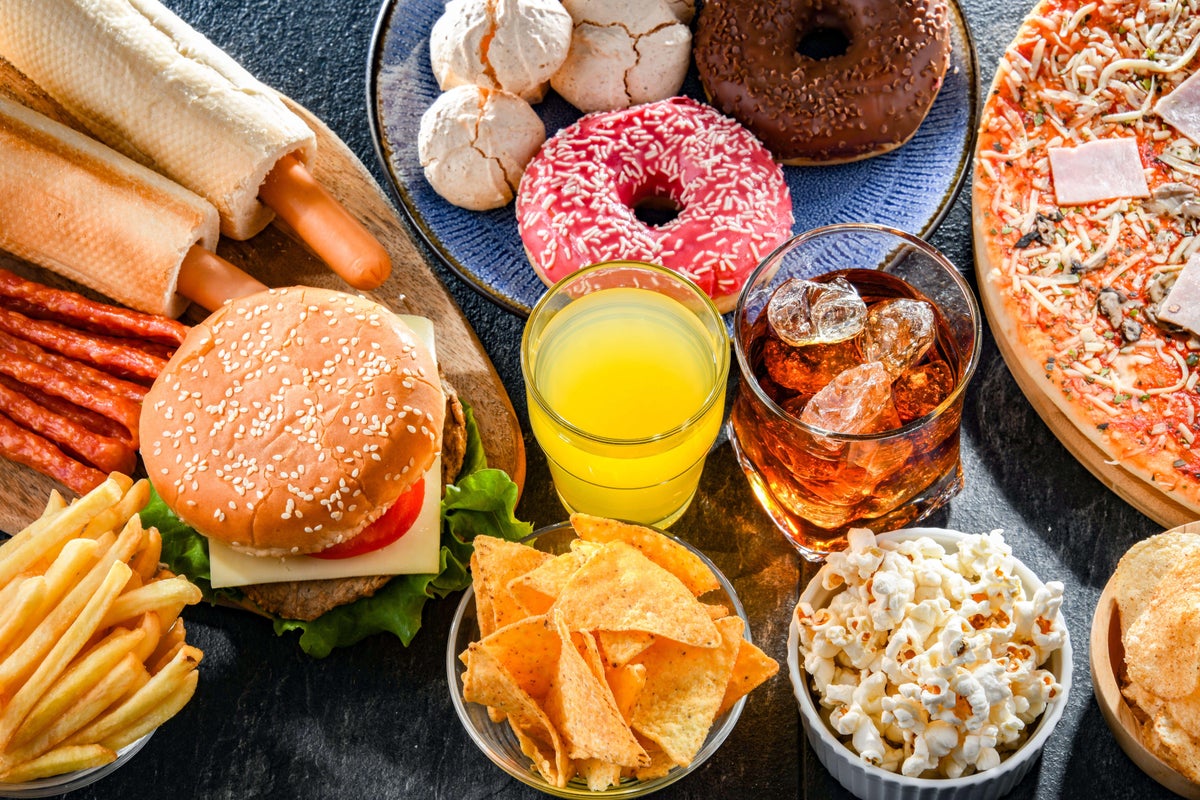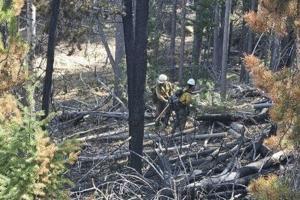Sign up below to get Mission Local’s free newsletter , a daily digest of news you won’t find elsewhere. We have an ambitious goal for 2025: Double the total number of donors from last year to over 5,000! We are already 20 percent of the way there . District 6 Supervisor Matt Dorsey’s “recovery first” ordinance today advanced to the full 11-member Board of Supervisors after a 3-0 vote at the Public Safety and Neighborhood Services Committee.
But the ordinance, which is an aspirational policy outlining the city’s approach to drug addiction recovery with no real teeth, was amended to cross out its original goal, which prioritized an “abstinence-first” approach. The goal is now “long-term remission.” That came after criticism of Dorsey’s original legislation from harm reduction advocates, who said his definition of recovery was too narrow.

Want the latest on the Mission and San Francisco? Sign up for our free daily newsletter below. The San Francisco Marin Medical Society, an association representing 3,000 physicians, medical students, residents, and fellows in San Francisco and Marin, recommended the change. Adam Francis, the association’s senior advocacy and policy director, said the changes ensure that “there isn’t a fight between harm reduction and abstinence.
” San Francisco has been in the midst of a years-long debate about how to address drug overdoses between both camps. Harm reduction generally stresses making it safer for people to use drugs and aims to keep them from overdoses and infection through programs such as safe consumption sites and needle exchanges. Advocates say the approach meets people where they’re at, and that recovery often involves relapses.
Those pushing “abstinence-first,” which prioritizes the cessation of substance use as its primary goal, often argue that the approach would remove the risk of a slippery slope leading to relapses. They say harm reduction has made San Francisco permissive of open drug use. Most medical professionals say both approaches are needed.
Dorsey’s ordinance sets the “north star” for city contractors and future drug legislation, as well as the tone for how the city is going to approach recovery. But it is symbolic and has no immediate effect. The amended ordinance now counts any program determined by the participant to support their efforts to be in remission as supporting “recovery.
” Those include outpatient and residential substance-use treatment programs, medication-assisted-treatment programs administered by licensed healthcare providers, or programs that pay people to reduce or stop using drugs. Dorsey said that a lot of San Franciscans have grown infuriated with the harm reduction approach. “We are losing the hearts and minds of San Franciscans,” Dorsey said.
But medical doctors have said that harm reduction is an important tool , and that the city moving in an abstinence-only way can be deadly. After 14 months of drug overdose deaths falling from a historic high of 88 in August 2023, fatal overdoses are on the rise again: There were 65 accidental overdose deaths in San Francisco in March 2025, according to the Office of the Chief Medical Examiner — the fourth consecutive monthly increase. The average number of overdose deaths in 2024 was 53, according to the medical examiner’s data.
Mayor Daniel Lurie has recently taken steps to roll back some harm reduction policies, like stopping city-funded nonprofits from handing out smoking supplies unless those nonprofits offer recipients counseling services or connect them to services. Advocates caution that this may lead to fentanyl users switching from smoking to injection, which could result in more overdoses and infections. Dorsey, a recovering alcoholic and meth addict, is firmly in the abstinence-first camp and has spoken often about needing tough love during his own addiction recovery.
Still, he said the San Francisco Marin Medical Society “shared my conviction that recovery need not be an either/or proposition with respect to harm reduction.” “To the contrary,” Dorsey added. “We must include all approaches to accommodate a multitude of pathways taken by those of us who face problems with addiction.
” The Thursday hearing was attended by some 71 people giving public comment, including at least a dozen who had either recovered from drug use or were on their way to recovery. One called Dorsey’s ordinance “common-sense legislation” that would stop encouraging illicit drug use. He said he had squandered 23 years in state prison for crimes committed due to his addiction, and attributed the blame to harm reduction, calling the approach “permissive policies that enabled me to continue to use for years.
” “I’m grateful that the page is finally turning in the city, and we’re going to start having accountability and recovery first,” he said. Many cheered and waved signs that read “Drug enablism kills” in support. Harm reduction advocates, for their part, said they appreciated Dorsey’s amendments.
“The pathway to recovery can start in any number of places,” said Laura Thomas, senior director of HIV & Harm Reduction Policy at the San Francisco AIDS Foundation. “We want overdose prevention and intervention to be included in your ordinance,” added Laura Guzman, the executive director of the National Harm Reduction Coalition. “We want to make sure that those are also considered as you move your ordinance to the full board.
” The full support of the committee, which Dorsey chairs, came without surprise. The two other members of the committee, Supervisors Danny Sauter and Bilal Mahmood, were already co-sponsors of Dorsey’s ordinance. The ordinance will also likely pass with little friction at the full board: It needs six votes and already has seven co-sponsors.
It will be heard on May 6, according to Dorsey’s staff. We're a small, independent, nonprofit newsroom that works hard to bring you news you can't get elsewhere. In 2025, we have a lofty goal: 5,000 donors by the end of the year — more than double the number we had last year.
We are 20 percent of the way there: Donate today and help us reach our goal! About 65% of our revenue comes from readers like you X Instagram YouTube LinkedIn Mastodon.
Health

S.F. ‘recovery first’ drug plan sees key word change after criticism from advocates

The goal of the ordinance, meant to be the "north star" of San Francisco drug policy, changed from "abstinence-first" to "long-term remission."S.F. ‘recovery first’ drug plan sees key word change after criticism from advocates















